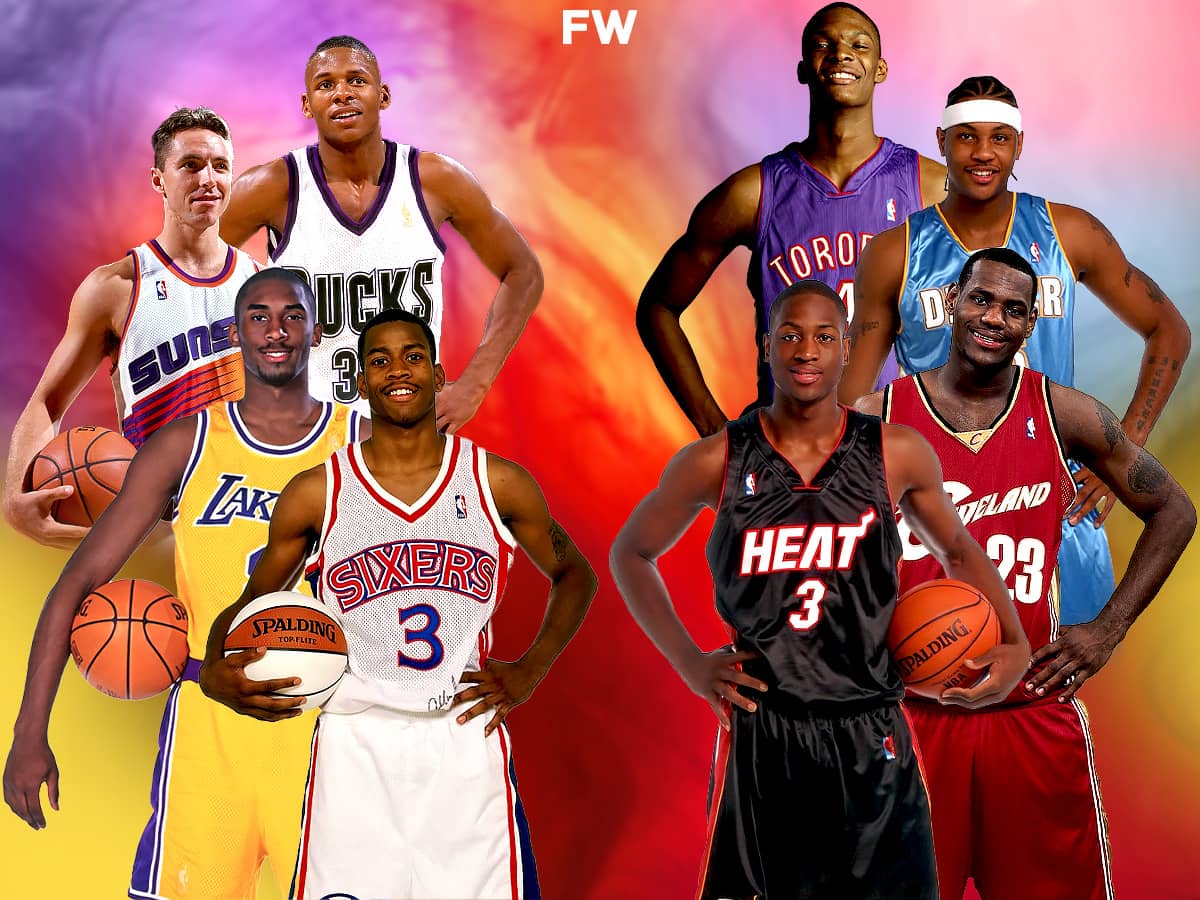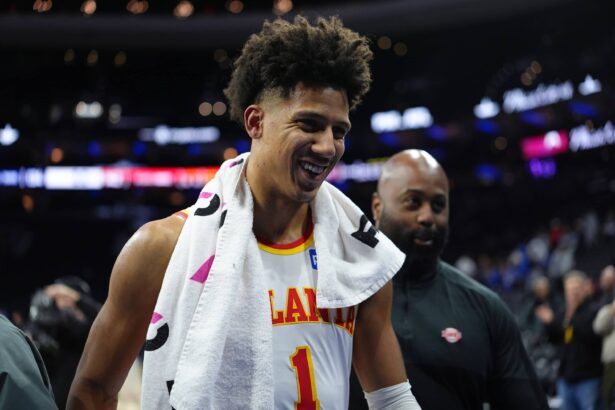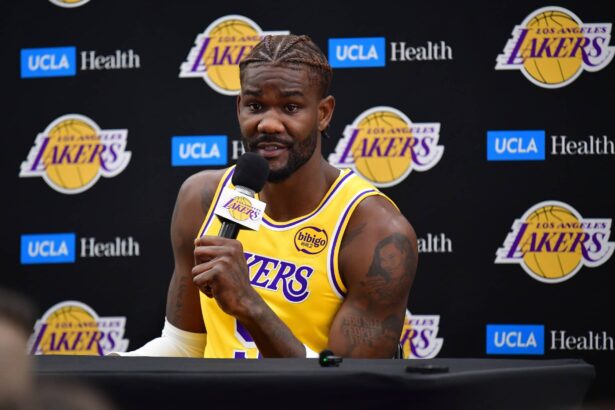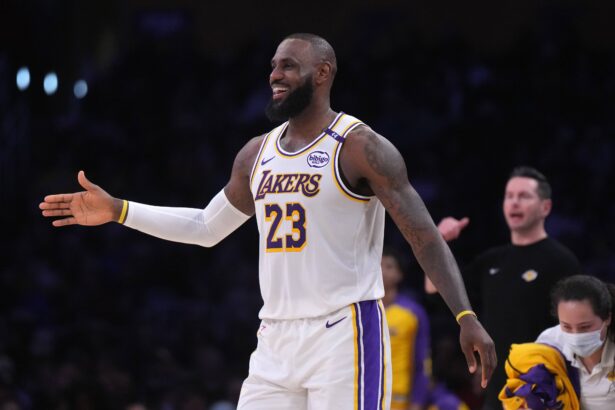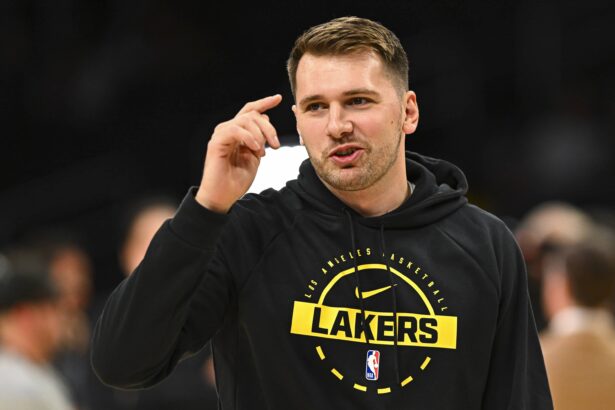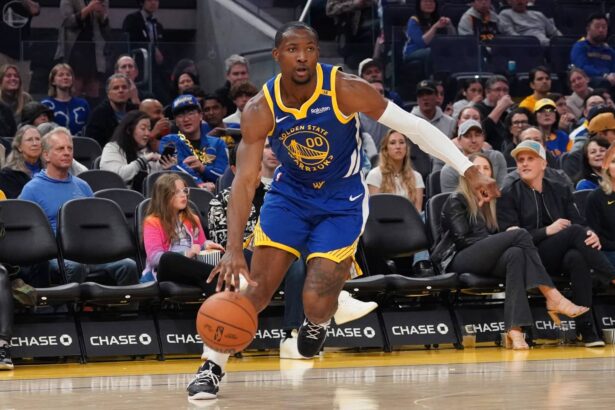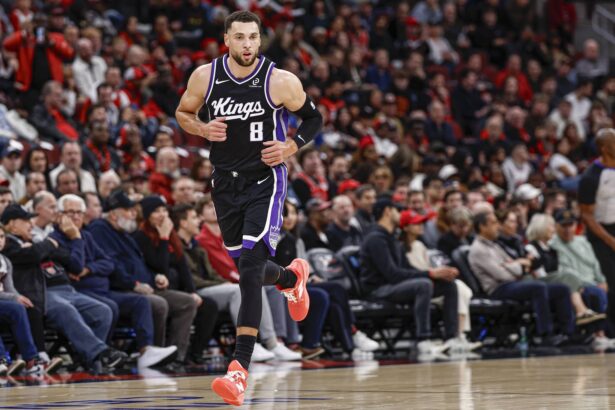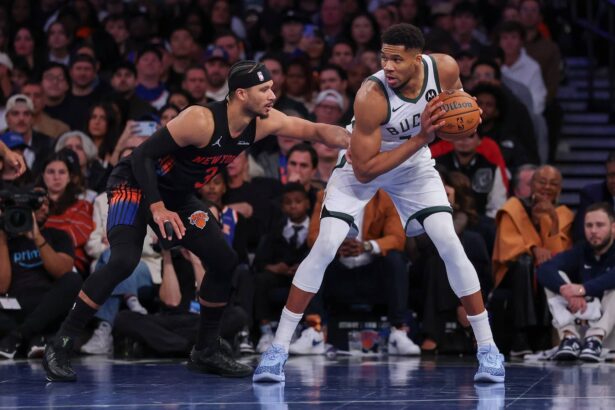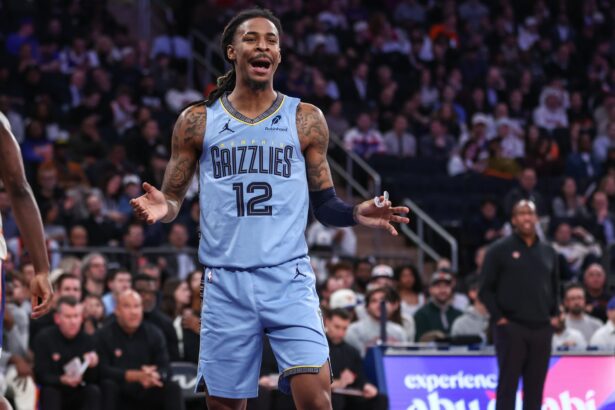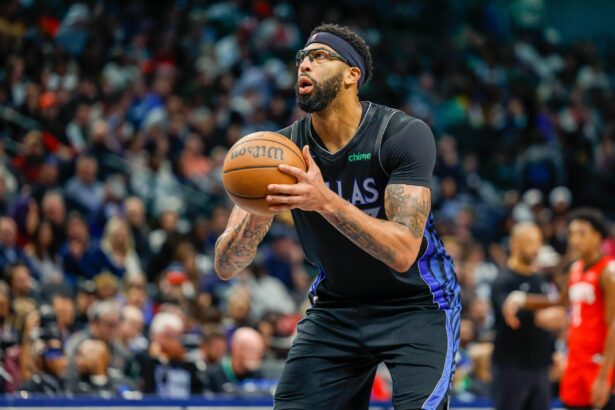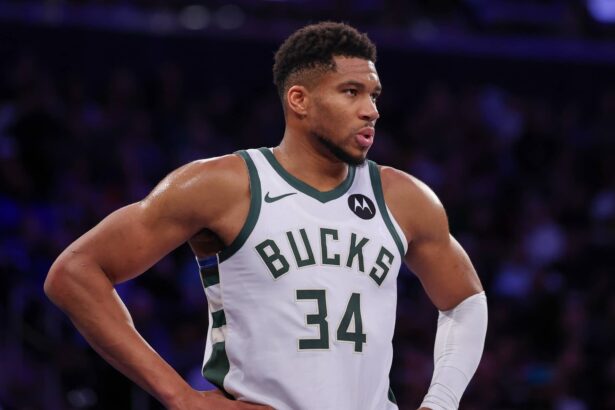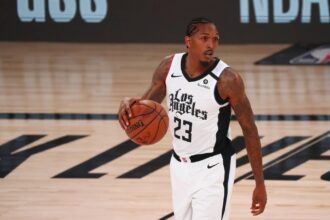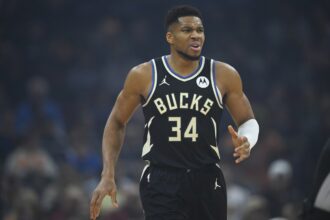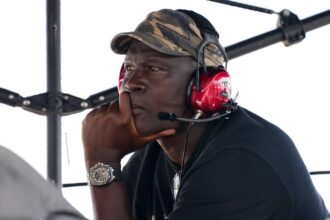Few players have ever spoken about basketball with the credibility and conviction of Allen Iverson, and when ‘The Answer’ gives his take on something, the basketball world listens. On a recent appearance on the New Heights podcast, the Hall of Famer settled one of the league’s longest-running debates: which NBA draft class is the greatest of all time.
“Got to be. Got to be,” Iverson said without hesitation when asked if the 1996 draft class was the best ever.
He didn’t just make the case, he ended the argument.
“When you name that draft class, you said LeBron, and you will say Dwyane, and you will say Carmelo.”
“Kobe Bryant went 13th in our draft. He went 13th. We had Ray Allen, Camby, Marbury, Peja.”
It was a mic-drop moment that reminded everyone why the 1996 class remains the gold standard.
Iverson, the No. 1 overall pick that year, headlined a class that reads like a Hall of Fame roll call: Kobe Bryant, Steve Nash, Ray Allen, Jermaine O’Neal, Peja Stojakovic, Marcus Camby, and Stephon Marbury. Even the players who didn’t reach superstar status had long, impactful careers, names like Shareef Abdur-Rahim, Antoine Walker, and Zydrunas Ilgauskas. Ten members of that class went on to become All-Stars, a level of depth unmatched by any other draft in NBA history.
When compared to the star-studded 2003 class that produced LeBron James, Dwyane Wade, Carmelo Anthony, and Chris Bosh, the 1996 draft’s strength lies in its balance. The 2003 class gave the league four future Hall of Famers at the top, but 1996 produced stars from picks one through twenty. Kobe went 13th. Nash went 15th. Jermaine O’Neal went 17th. Even deep into the first round, teams were landing players who would go on to anchor franchises for years.
As Iverson pointed out, the fact that a player like Kobe Bryant, arguably one of the ten greatest players in history, fell to the 13th pick says everything about that year’s talent pool.
The class’s legacy also extends beyond stats and awards. They revolutionized how the game was played. Iverson redefined the modern guard with his crossover, swagger, and relentless scoring. Kobe became the standard of excellence and competitiveness for an entire generation. Nash changed how point guards orchestrated offenses. Ray Allen revolutionized the three-point shot.
Even nearly 30 years later, their influence still echoes through the league. Every undersized guard who attacks the rim like he’s seven feet tall owes something to Iverson. Every player chasing perfection and late-game heroics channels Kobe. Every stretch shooter in today’s NBA follows in Ray Allen’s footsteps.
While modern classes like 2003 and 2011 have strong cases, Iverson’s argument hits at the heart of basketball greatness: legacy and impact.
The 1996 NBA Draft wasn’t just great; it was transformational. And Allen Iverson, the face of that class, has every right to say it stands alone.

